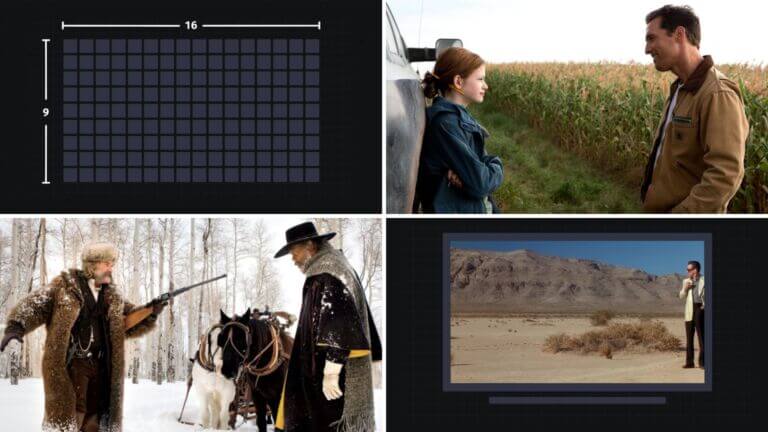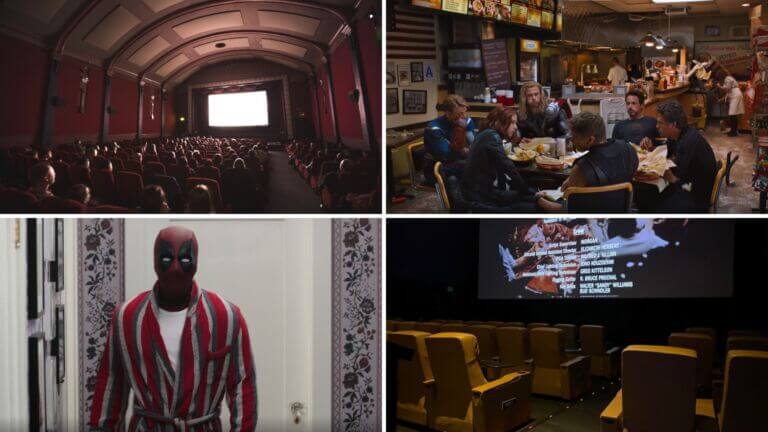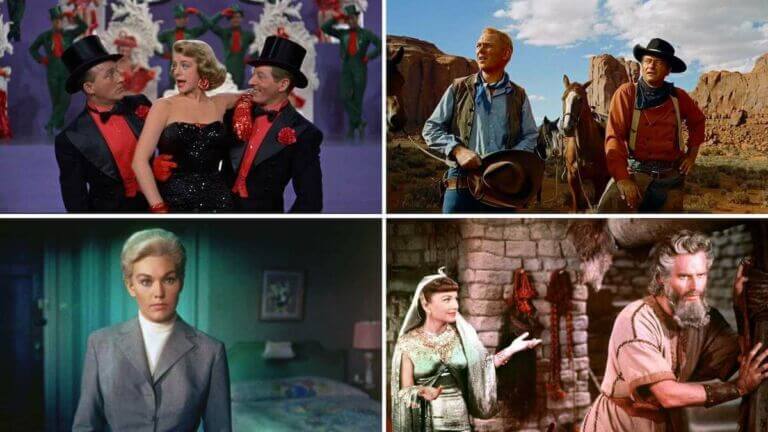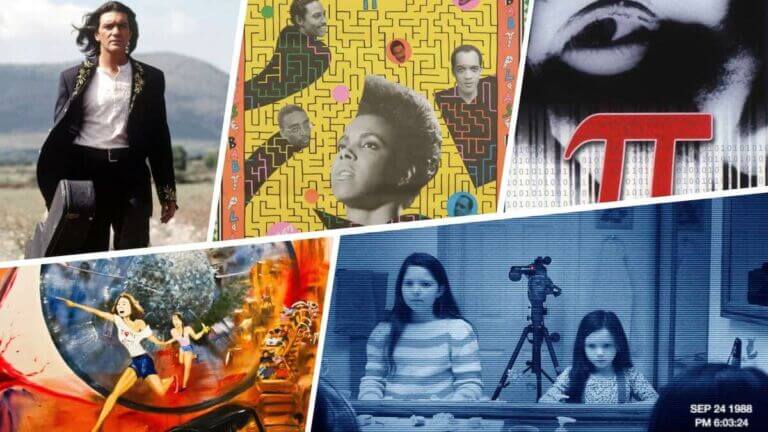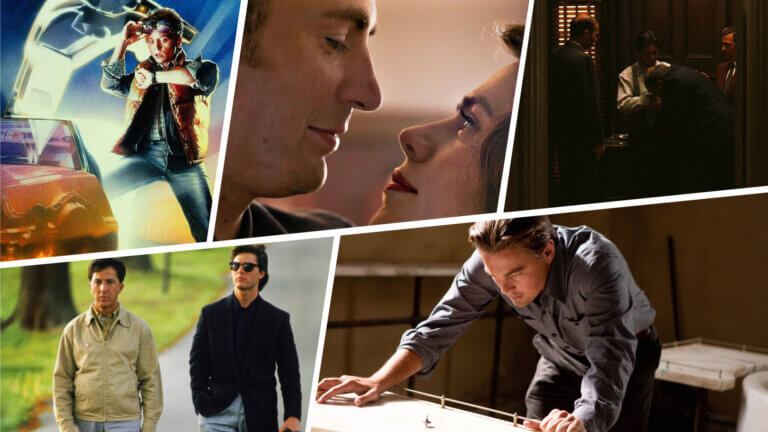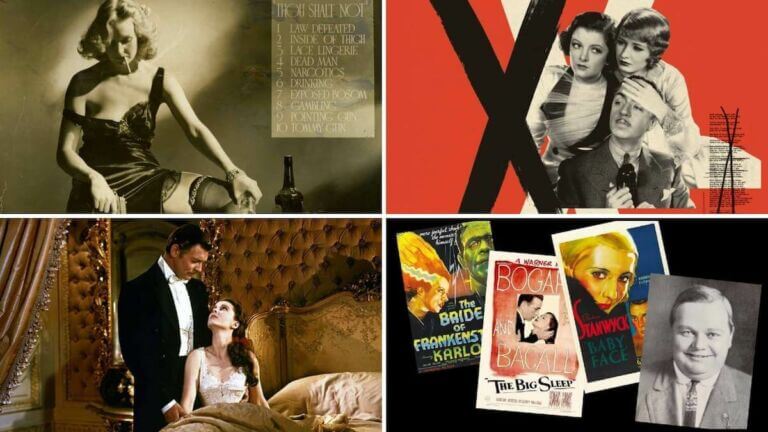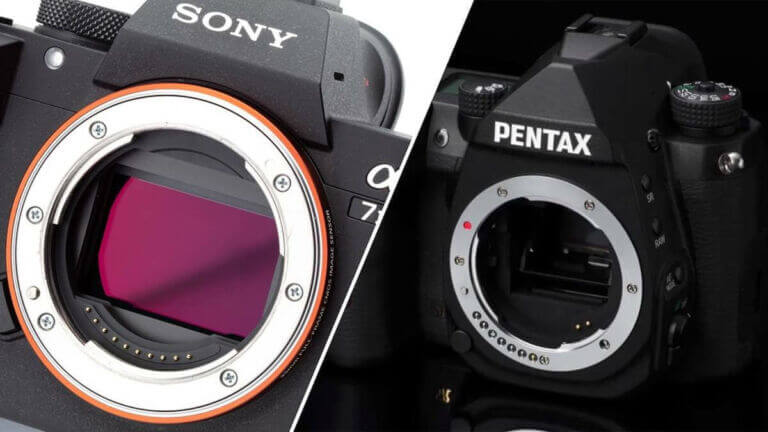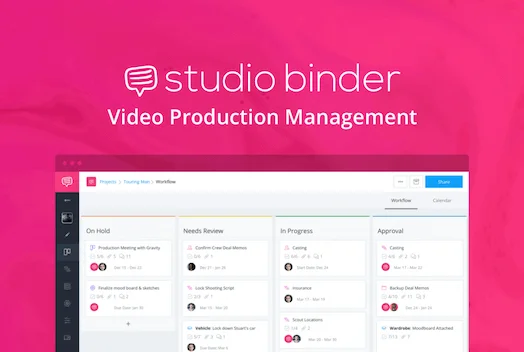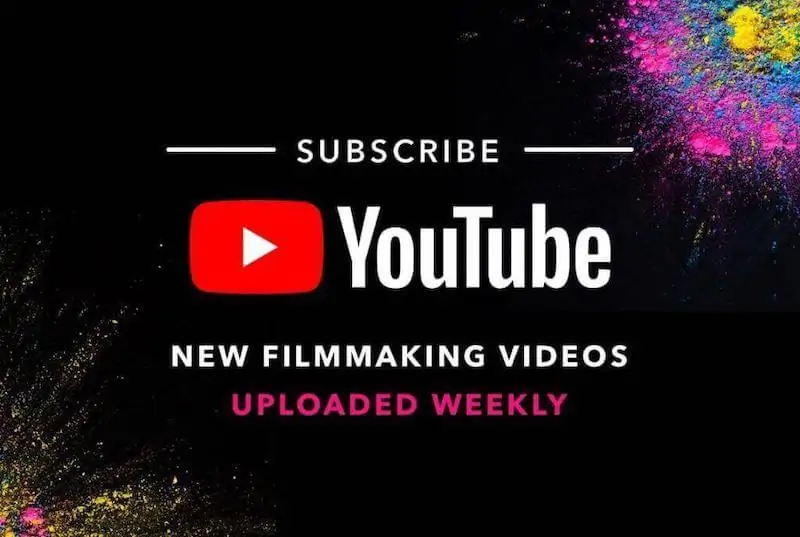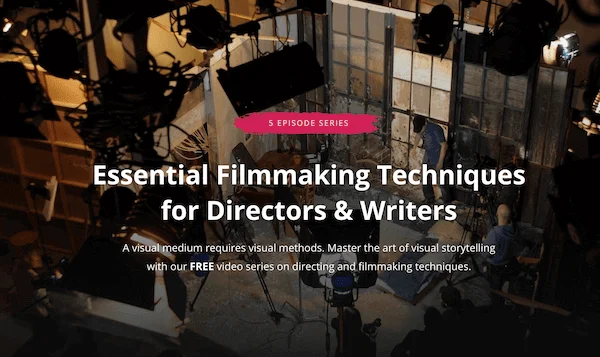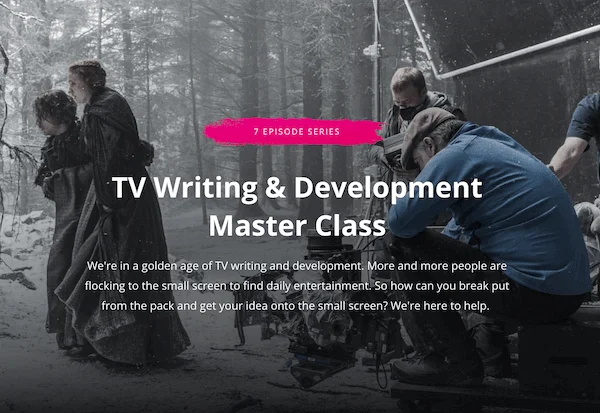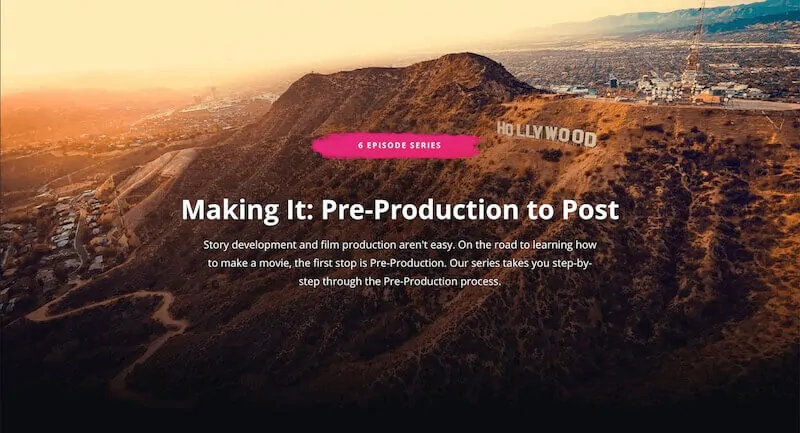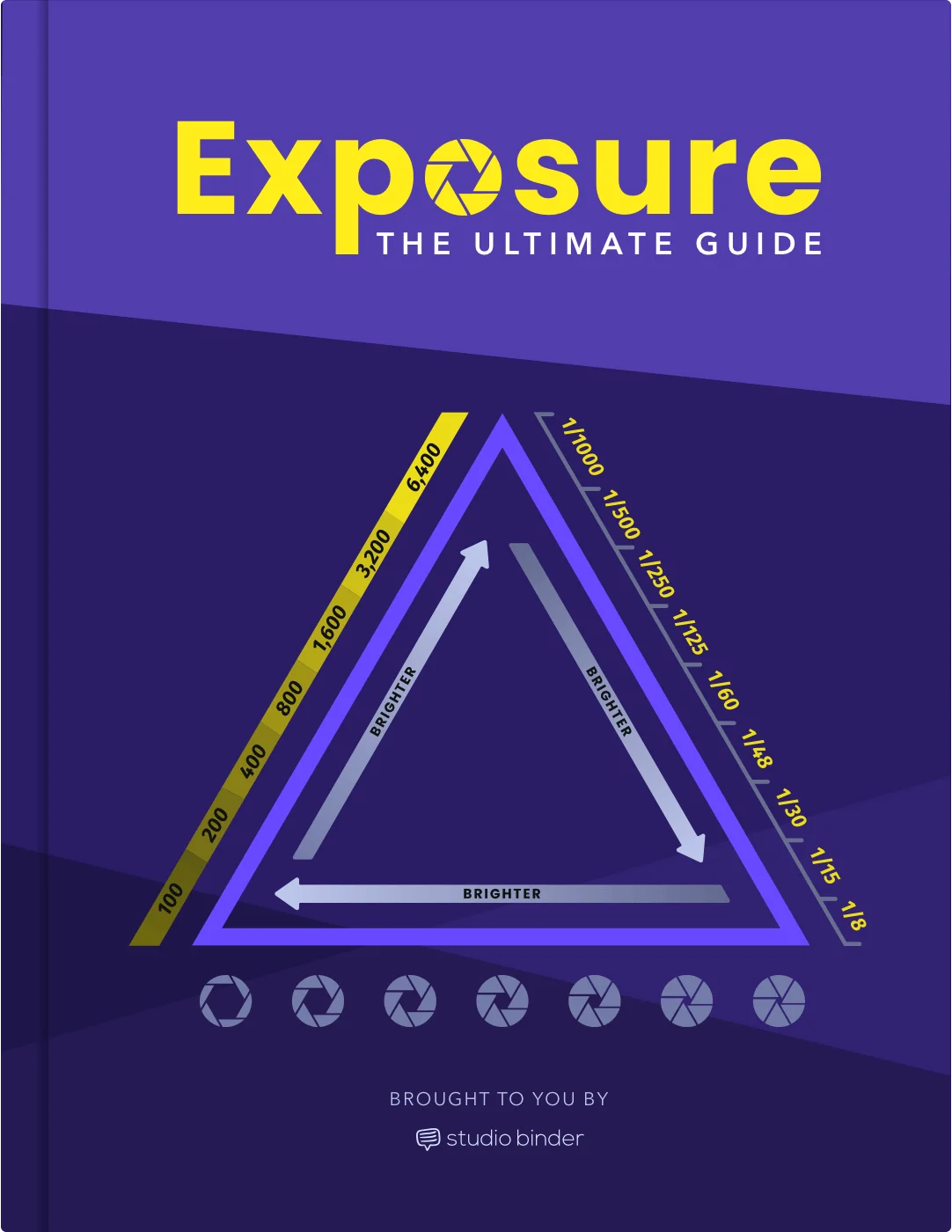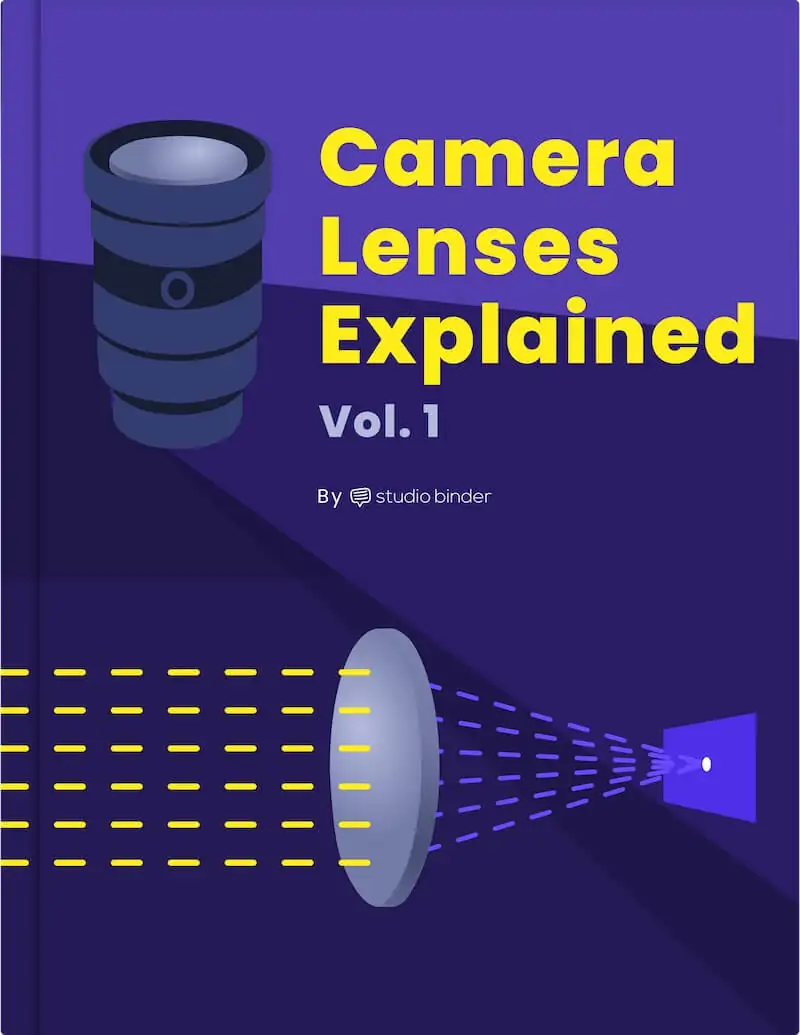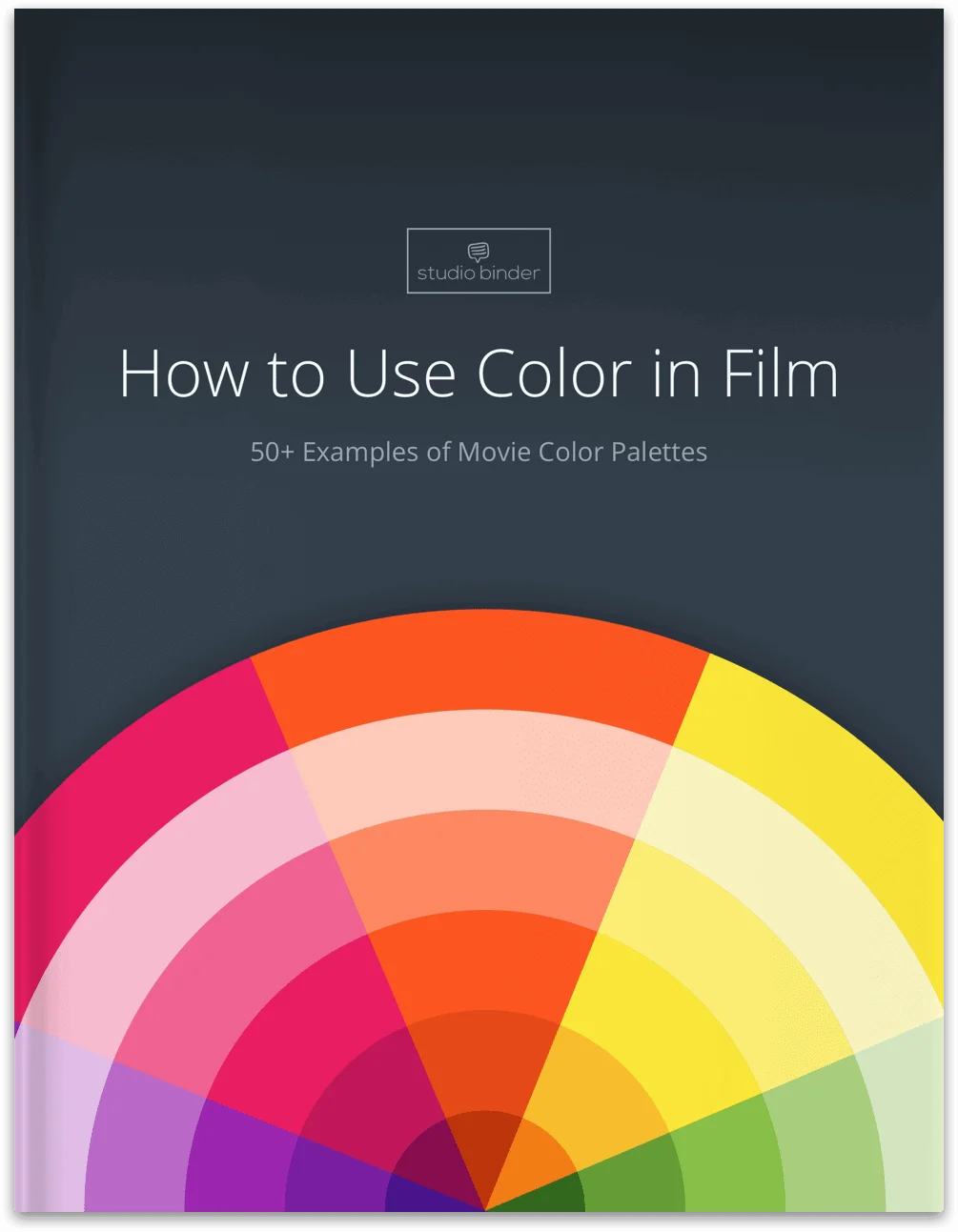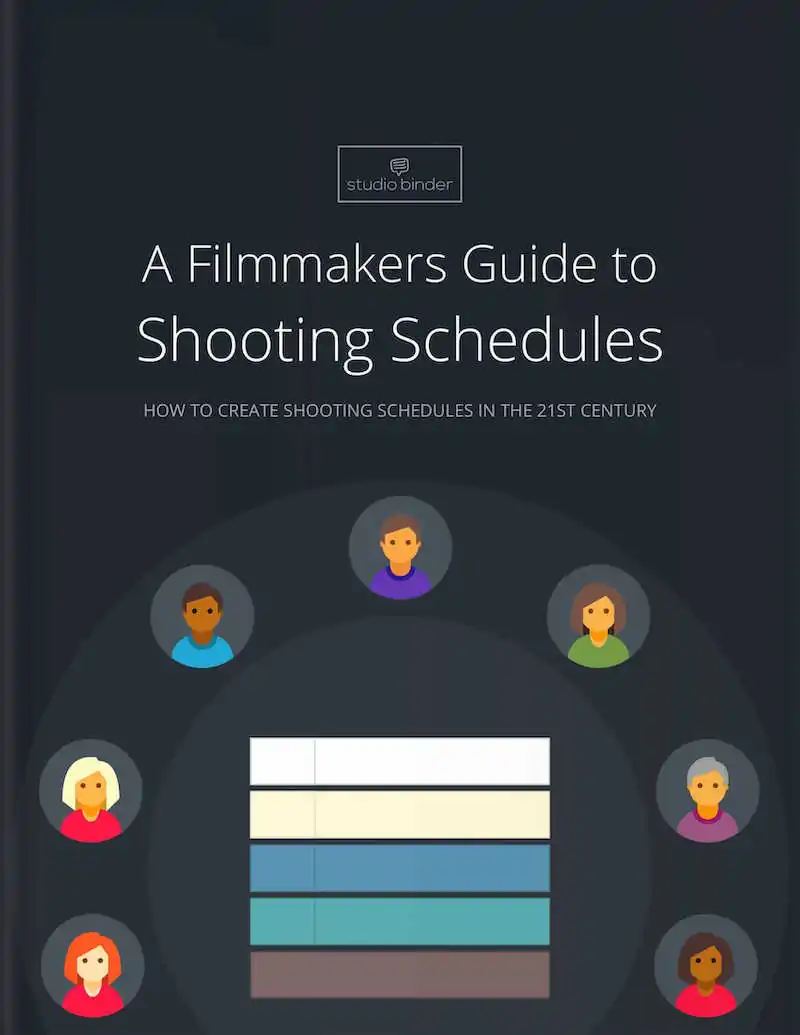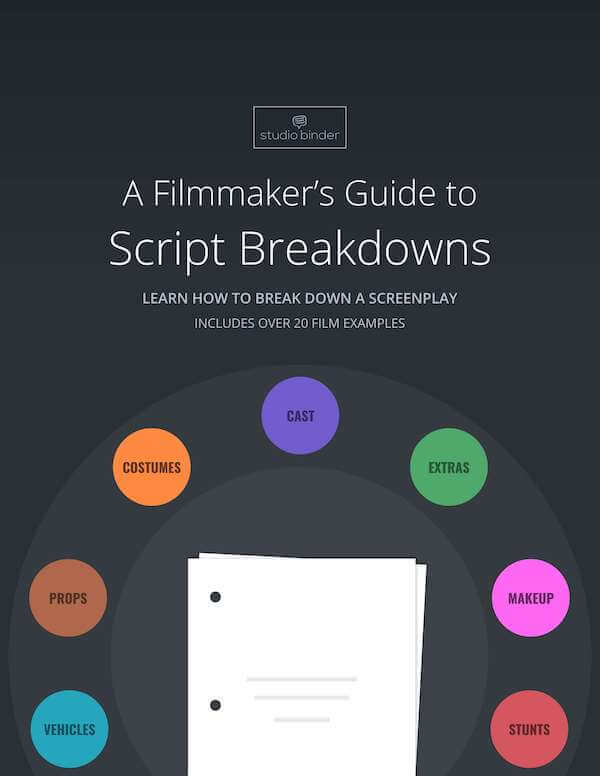In a world where digital photography has become the norm, there is still a place for those who want to use physical film stock. While digital technology has made it easier to be a photographer, physical celluloid still has a charm and texture that no digital camera can ever fully replicate. And above all else, since photography can be so nuanced, the differences between digital and physical can mean a lot. So when it comes to photography, what is film stock and what types are there?Continue reading What is Film Stock — Various Types of Film Stock Explained
Look at your mobile device, your high-definition television, or laptop computer; what do you see? Most likely it’s a rectangular widescreen, with a lot of the video you watch on it filling the entirety of the screen. We are of course talking about the 16:9 ratio, which has been the current standard in television and monitors since at least the mid-2000s. But what is 16:9 aspect ratio, where did it come from, and how did it become the new default?Continue reading What is 16:9 Aspect Ratio — Origins of the Widescreen Format
Years and years ago, when not every movie was a sequel, remake, or reboot, people usually left the movie theatre by the time the end credits rolled. These days, if your movie is a big deal, some people might stick around to see if there’s anything after the credits. These “after credits” scenes are popularly known as post credit scenes, or film stingers. But what is a post credit scene and how did they get so popular?Continue reading What is a Post Credit Scene — The Movie Stinger Beyond Marvel
Before the 1950s, nearly every single movie was in the same 4:3 aspect ratio. But then CinemaScope from 20th Century Fox changed the landscape with widescreen imagery to get people into theaters nationwide. Pretty soon, other studios were making their own widescreen movies, including Paramount Pictures with VistaVision. What is VistaVision, you ask? Well, it takes a bit of explaining, so if you can, please join us as we look into the origins of VistaVision, what it was like, and why it still matters today.Continue reading What is VistaVision — A History of Widescreen in Hollywood
Edgar Wright has made some of the most acclaimed and beloved films of the 2000s, with the Cornetto trilogy (Shaun of the Dead, Hot Fuzz, The World’s End), and a few other favorites like Baby Driver. Nestled in-between is Scott Pilgrim vs. the World, a box office bomb but adored cult film based on the Bryan Lee O’Malley comic series. Co-written with Michael Bacall, the Scott Pilgrim script is a wonderful example of how to write a comedic, comic book inspired, video game infused love story that defies categorization.Continue reading Scott Pilgrim vs. the World — Script PDF Download and…
Most movies you watch are shot with film permits, in a studio, and with a full production crew that is doing everything “by the book.” But not every movie made has a chance to shoot in this way; even big films might have to do things on the downlow. We are, of course, talking about guerilla filmmaking, a style that has been around for quite some time. But what is guerilla filmmaking and how does one go about making a guerilla film yourself? Take a look at our guerilla filmmaking tips, definition, and examples to learn all about it. Continue…
Human beings have been telling stories for as long as we have roamed this Earth. Storytelling has gone from oral tradition to a natural part of the cinematic landscape. And in-between it all, we have learned how to end a story. Throughout our years telling stories, we have learned that there are ultimately four ways to end one. We will be going over each of these four ending types and explaining their characteristics for knowing how to end your screenplay. Let's begin at the beginnings before we end with the endings! Continue reading How to End a Story — Different Types…
Have you ever watched an old black and white movie, maybe starring Humphrey Bogart or Katherine Hepburn, and thought some of it was a bit tame? Even when the movies are great, they seem to play it safe? Most of this is a direct result of what is popularly known as the Hays Code, which most movies had to abide by for a period of time. But what is the Hays Code, and is there more to it than just a few rules and limits?Continue reading What is the Hays Code — Hollywood Production Code Explained
Have you ever watched a movie that seemed more focused on the inner life of its central character than following a traditional plot? Plenty of movies have great characters, but how many of those same movies would have the same plot if you removed that character? This is part of what makes character studies special, as these are films whose whole premise is based around the main protagonist — their trials, struggles, hopes, and dreams. So what is a character study and how do you know when you’re watching one?Continue reading What is a Character Study — Character vs. Plot-Driven…
When you get yourself a new digital camera, you have to choose between whether you want a crop sensor or full frame sensor. While one could easily say that the differences between the two are in their names (literally fuller frame vs cropped frame), there is a bit more to it than that. So as we dig into the full frame vs crop sensor world, we will talk about noteworthy differences, including which sensor could be best for you and the difference between full frame and crop sensor.Continue reading Full Frame vs Crop Sensor — Everything You Need to Decide

